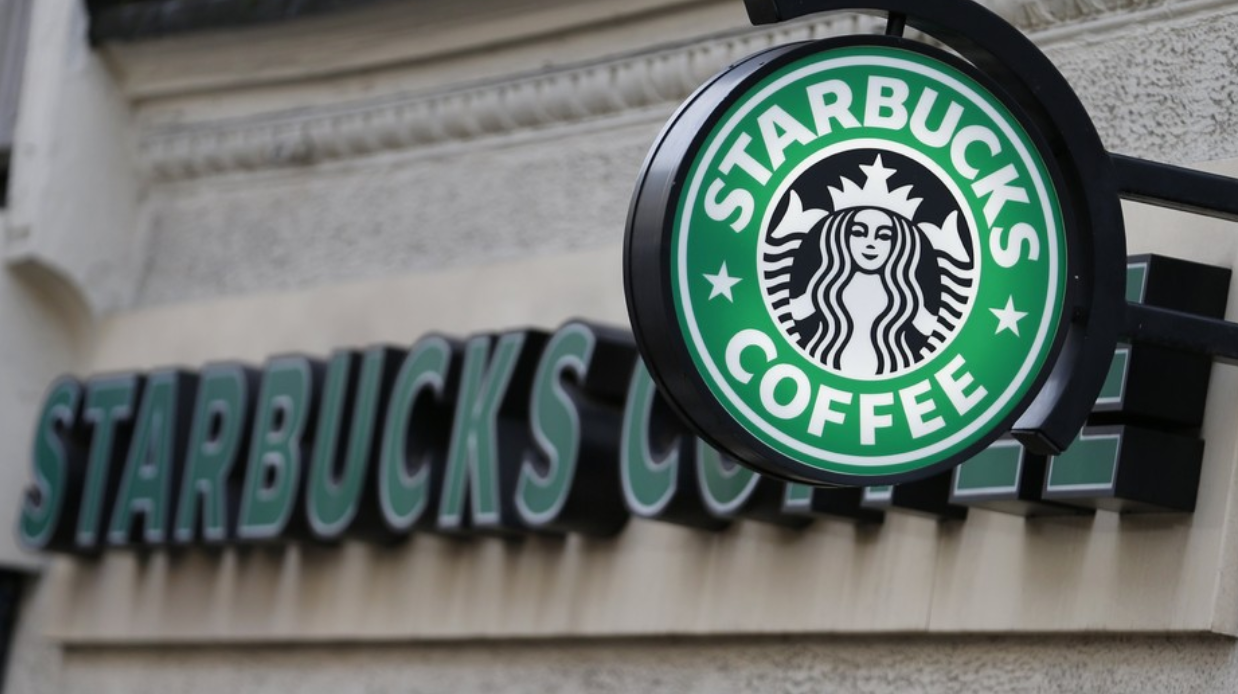HEFEI, Jan. 20 (Xinhua) -- In a country with time-honored tea culture, Su Yang (pseudonym), on the contrary, has developed a habit of drinking coffee largely due to the influence of Starbucks.
"It's difficult to start a day without a cup of coffee," said Su, a 29-year-old white-collar worker in Hefei, capital of east China's Anhui Province, where the first Starbucks coffeehouse opened in 2011.
In 1999, the first Starbucks outlet on the Chinese mainland opened in Beijing, a pioneering move to nurture a taste of coffee in a tea-drinking culture.
However, purchasing a cup of cappuccino worth 19 yuan (about 2.3 U.S. dollars back then) was way too rare, when the same amount could bring back 10 kg of rice.
The company's initial attempt in the Chinese market failed to generate a profit in the first nine years. "We were not successful in the early years," acknowledged Howard Schultz, Starbucks Corporation's chairman emeritus. "It took us several years to get traction and gain success and loyalty," he said in an interview with China Global Television Network.
With the rapid economic development and expanding middle-class population in China, Starbucks coffeehouses have sprung up all across the country over the past two decades, making China the largest overseas market for Starbucks.
Su's passion for coffee grew as more Starbucks outlets opened in her city. It took the brand only a few years to evolve from a refreshing drink at work to a part of life. "You can spot a Starbucks outlet in almost every shopping mall. I also order Starbucks online when at home," Su said.
Currently, Starbucks has more than 4,800 brick-and-mortar outlets in about 200 Chinese cities, employing nearly 60,000 staff, according to a recent report by the company. In the fourth fiscal season of 2020, a record 259 new outlets opened on the Chinese mainland.
Being a big Starbucks fan, Su enjoys spending time at the U.S. coffee chain, which she calls a "third place" between home and work. The practice is quite opposite to the takeaway custom seen in Starbucks outlets in the United States.
"I usually order a latte and chat with my friends or do my homework here," said Chen Xun (pseudonym), a freshman from Anhui University.
During the winter holiday, the 19-year-old became a part-time barista at a nearby Starbucks coffeehouse, a career he has always wanted to pick up.
"I love working in Starbucks, where music and the drifting coffee aroma permeate the aura," Chen said.
"I believe Starbucks will become increasingly popular in China just like KFC. It will be accepted by different age groups," said Su, who is also into collecting Starbucks peripheral products such as coffee beans, mugs and stir sticks.
As of the end of the last fiscal year, Starbucks had over 13.5 million active members in China, the company said, adding that it aims to expand the number of coffeehouses to 6,000 in 230 Chinese cities by the end of the 2022 fiscal year.
"We have always been confident about the vitality and resilience of the Chinese market. We are embracing the opportunity with further investment and innovation, hoping to contribute more to promote the development of the industry of specialty coffee in China," said Belinda Wong, Starbucks China chairman and CEO. Enditem




 A single purchase
A single purchase









